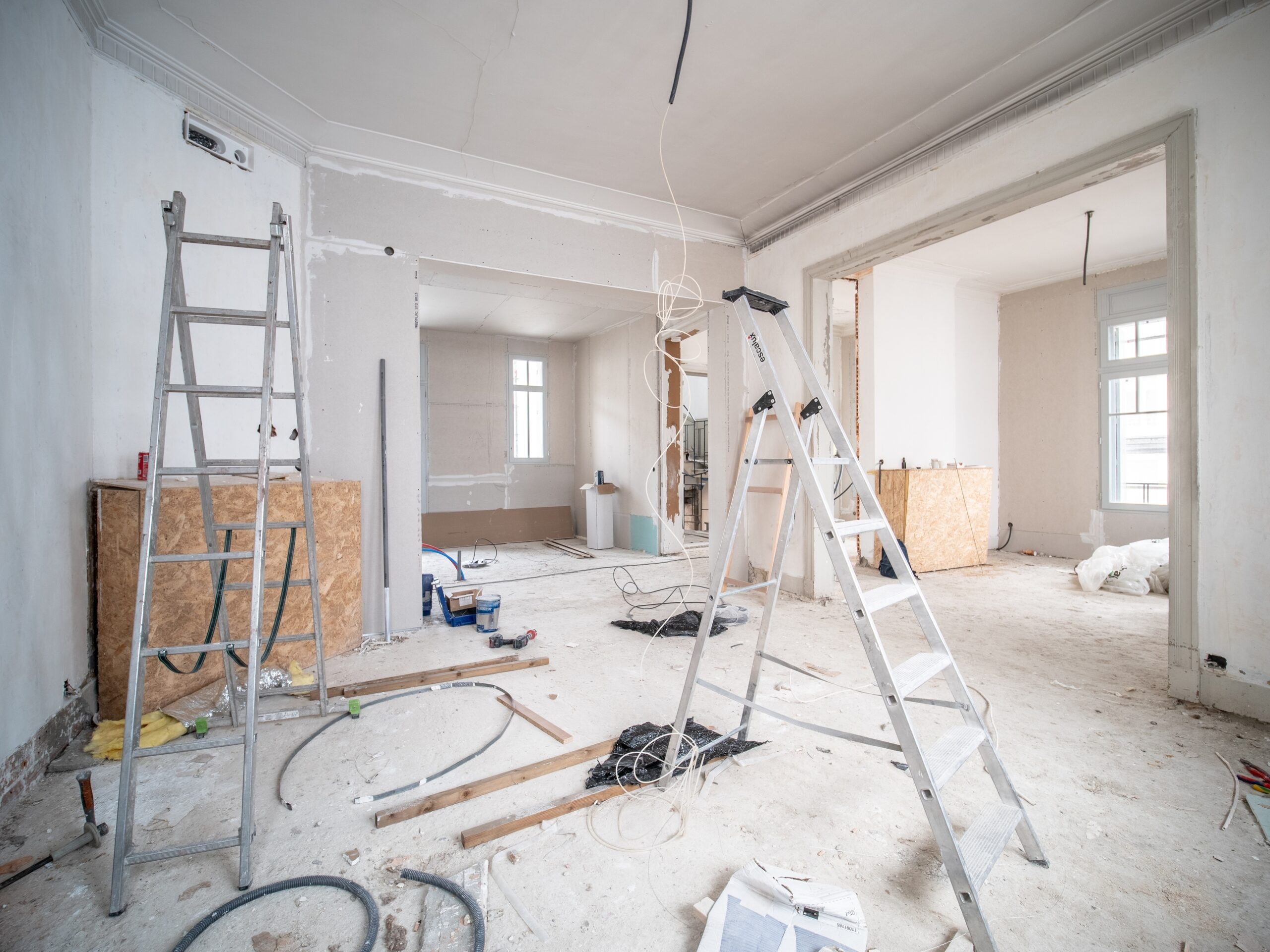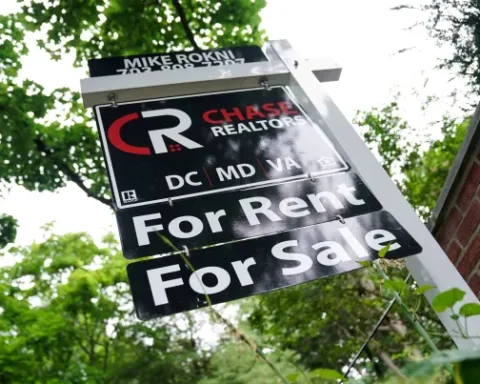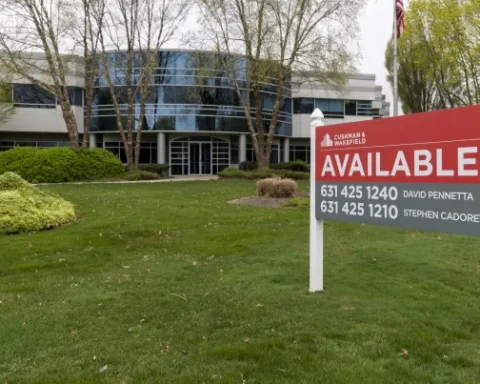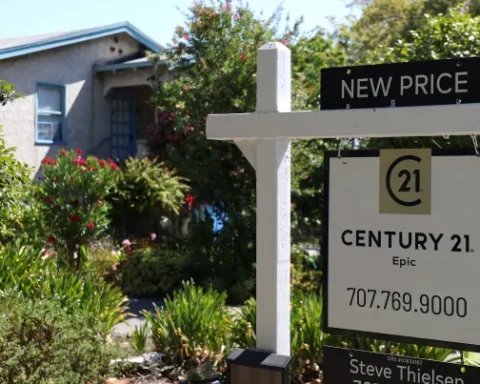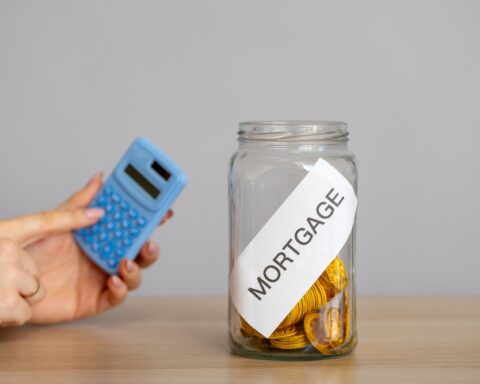Fewer homeowners are remodeling, but demand is still ‘solid.’ Despite a decline in the number of remodeling projects, the market remains robust, driven by several underlying factors.
Market Trends and Indicators
The Leading Indicator of Remodeling Activity (LIRA), which tracks home improvement and repair spending, peaked at 17.3% in Q3 2022 but has since been declining, with a 1.2% drop in Q1 2024 compared to the previous quarter. Similarly, the NAHB/Westlake Royal Remodeling Market Index (RMI) has been on a downward trend, falling to 66 points in Q1 2024 from its peak of 87 points in Q3 2021.
Despite these declines, the RMI remains in a range where more remodelers view market conditions as “good” rather than “poor.” Robert Dietz, chief economist of the National Association of Home Builders (NAHB), noted that the sentiment among remodelers is still positive.
Pandemic and Inflation Influence Remodeling Activity
The COVID-19 pandemic initially spurred a surge in home renovation projects as homeowners invested in their living spaces. Abbe H. Will, senior research associate at the Joint Center for Housing Studies at Harvard University, highlighted that in 2021, nearly four out of five projects were funded with savings accumulated during the pandemic. “We’re coming off such high spending levels,” Will said.
However, as Covid-era savings have dwindled, the scale of remodeling projects has reduced, though spending per project has increased. According to Angi’s State of Home Spending report, in 2023, homeowners spent an average of $9,542 on home improvements, up 12% from the previous year. This increase in spending, despite fewer projects, indicates that inflation has impacted household budgets.
Longevity and Aging Housing Stock Drive Demand
While home improvement activity is expected to moderate from pandemic highs, demand remains steady. Homeowners stay longer, with the typical tenure reaching 11.9 years in 2024, nearly double the 6.5-year average in 2005. This trend is primarily driven by baby boomers, who prefer to age in place rather than relocate.
“Aging-in-place remodeling” has become a significant market segment as older homeowners invest in their properties to enhance safety and energy efficiency. “But that means they’re investing in their homes, whether it’s energy efficiency items [or] safety items like lighting and railings,” Dietz explained.
The Impact of Aging Housing Stock
The aging housing stock is a crucial factor driving remodeling demand. In 2021, the median age of owned homes was 41 years, with about 60% of existing homes built in the 1980s or earlier. Dietz emphasized, “It speaks to the fact that we haven’t built a lot of new housing over the last decade. That aging housing stock is going to require investment.”
Sustained Remodeling Demand Amid Economic Changes
While the number of remodeling projects has decreased, the overall demand for home improvement remains solid. The combination of long-term homeownership, an aging housing stock, and the need for home updates ensures the remodeling market thrives. As Robert Dietz from NAHB stated, remodelers are still finding the conditions favorable, driven by the necessity for maintenance and upgrades in older homes.


